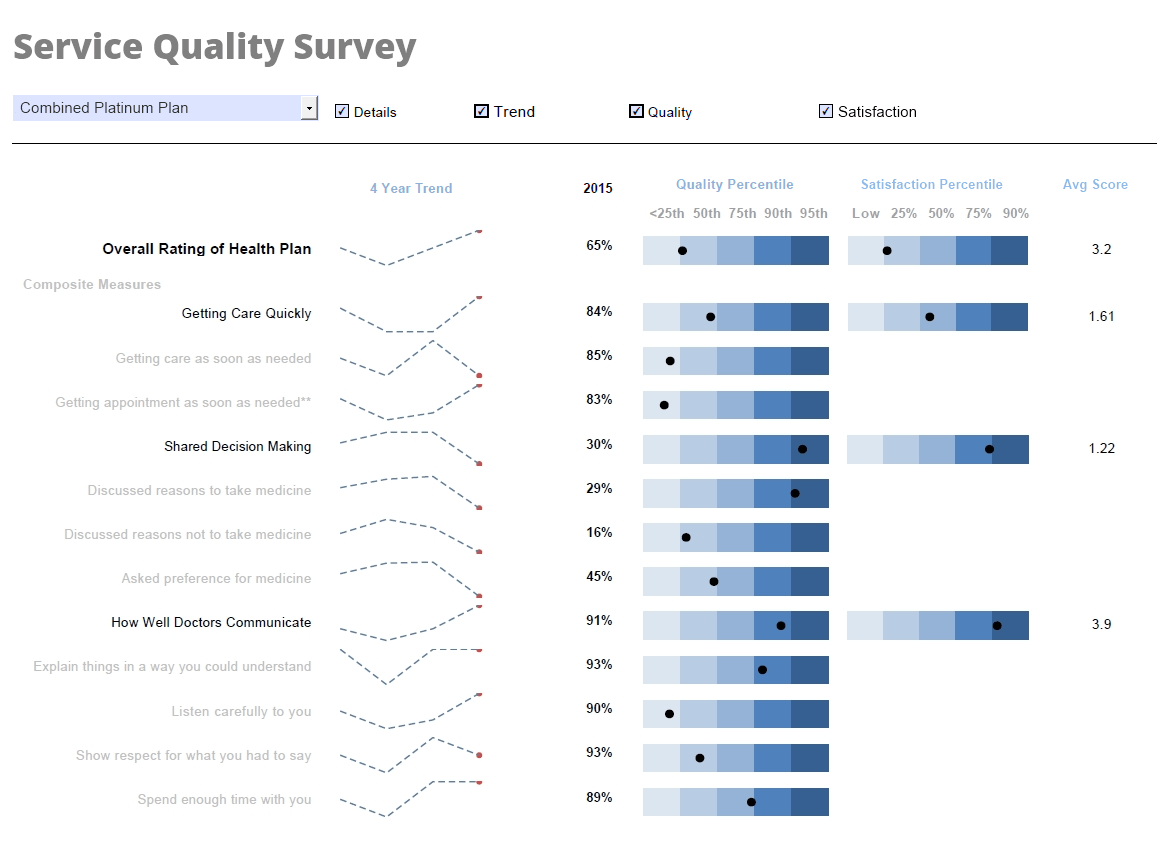InetSoft Webinar: Using Our BI Tool's Database Write Back Feature
This is the continuation of the transcript of a Webinar hosted by InetSoft in March 2018 on the topic of "InetSoft's New BI Software Release Introduces Database Write-back". The speakers are Mark Flaherty, CMO at InetSoft, and Jay Dastur, Senior Technologist.
Dastur: Are there any questions about using our BI tool’s database write back feature?
Flaherty: Yes, Jay we do have a couple of questions that we might as well take right here. Let’s look. Okay, the first one is can I write back to LOBs in an Oracle database?
Dastur: LOBs, Large Objects?
Flaherty: Yes.
Dastur: Yes, the write-back is basically an API. So when you make changes you can actually encapsulate your own business rules, and you can write back not only to a database, you can write back to a text file. You can write into an API or a Web service. So there is this layer in between where you can detect what's been changed, and you can decide how you want to update stuff.
Flaherty: And then I guess there is a related question following about CLOBs and BLOBs?
Dastur: If it's a character LOB, yes, then it probably makes more sense; if it's like an image I don’t know how we use it with edit and image, but yeah if it's a character large objects, you should be able to modify them.
Flaherty: One more question now, can you restrict which columns can be modified?
Dastur: Yes, absolutely — notice when Robert gets his quotes, he can change certain statuses. You can restrict what column gets modified, even certain ranges. Then Robert logs in, and he can change the status or the remarks column. Only the manager can change that, but you can change the discount. Even when he changes the discount, maybe he gives more than a 100% discount, the validation catches that. You can also have only certain date ranges be permissible.
Flaherty: Okay one more at this point, what if two people are in at the same time, how do you control cross interaction?
Dastur: Well at the back end is the database so you can leverage the database’s own controls and make sure no two people change things at the same time.
Flaherty: What happens if referential integrity on a database is broken?
Dastur: Referential integrity of the database is typically handled by the database.
Flaherty: I will see if we can follow up on that one. The next one is can a task be role driven?
Dastur: What do you mean a task be role driven, I need to have permissions on this?
Flaherty: Next one: if I put this in my dashboard portal, do I still have all of the default behavior? Do I lose some buttons or features such as exporting to Excel or the update database button?
Dastur: When you put this in your portal, whatever is in this little window is what you can get. Everything outside can be customized. You can choose the buttons, individual viewsheets when embedded into a portal framework with all the functions so you don’t lose any functionality.
Flaherty: Someone is asking if they can ask about the reporting tool? The answer is yes — go ahead and post your question, we will get to that as well. Okay so Jay, continue.
Dastur: Yeah that is about it for the demo, those are the two examples.
Flaherty: Is it possible to audit changes made through the write-back feature?
Dastur: Yes, you can implement auditing by capturing change events and logging them to a separate audit table or system. This allows you to track who made changes, when, and what was modified.
Flaherty: Can the write-back feature be used with cloud databases?
Dastur: Absolutely. As long as the BI tool can connect to your cloud database, the write-back functionality works the same way as with on-premises databases.
Flaherty: Is there support for transactional updates to ensure data consistency?
Dastur: Yes, the write-back operations can be wrapped in transactions. This ensures that either all changes are committed successfully, or none are, maintaining data consistency.



